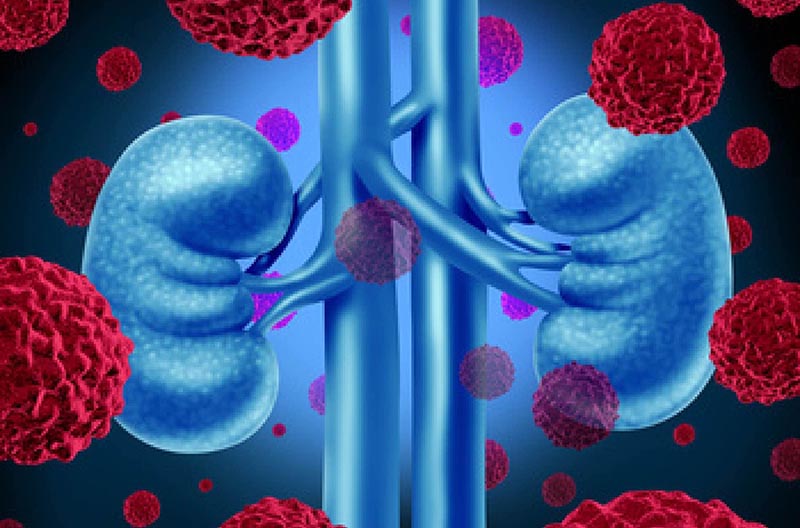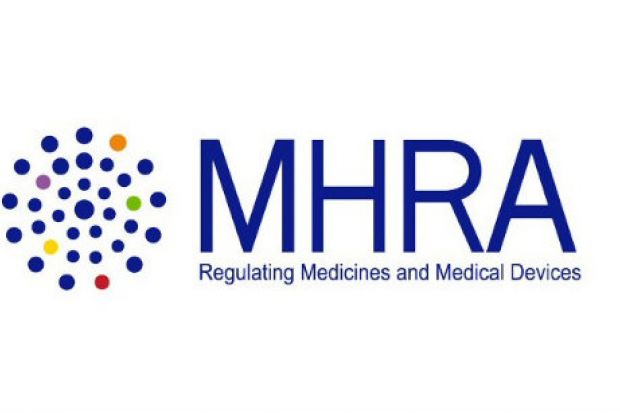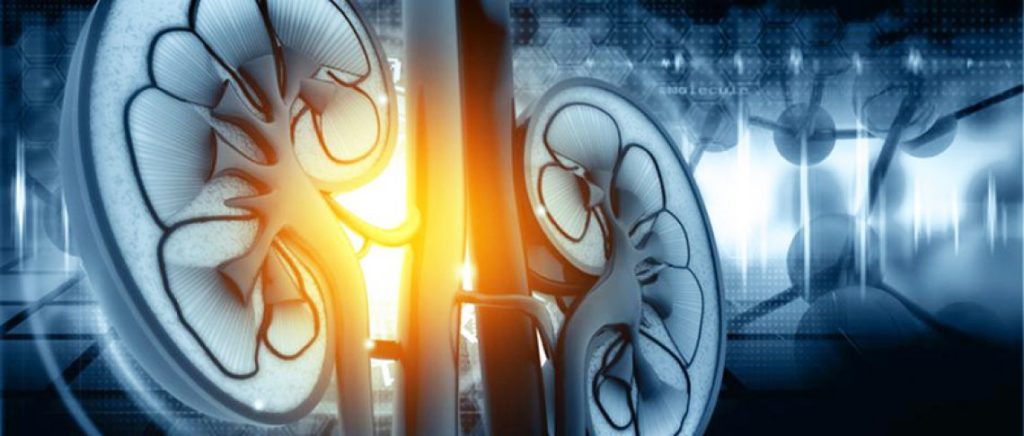Share this Page:
Active surveillance is an acceptable management strategy for patients with small renal masses. It avoids the risks of surgery, preserves renal function, and delays treatment until it is necessary. However, while the selection of patients to undergo active surveillance is sometimes difficult, all major guidelines and opinion-leaders consider this as an option for patients with small renal masses.
This study looked at the reasons why treatment was delayed in patients undergoing active surveillance for small renal masses by reviewing 10 studies including 1870 patients.
The reasons for active surveillance were generally patient age, the presence of additional diseases/conditions (or comorbidity), tumour size (ranged from 1.7-2.3 cm), or patient preference. The rate of tumour growth was variable, but ranged between 0.10 and 0.27 cm/year.
Between 7% and 44% of patients with small renal masses and active surveillance had treatment after between 12 and 27 months of active surveillance. Notably, survival did not seem to be affected by delaying treatment after a period of active surveillance.
Active surveillance can help to minimise the harms of over-treatment of small renal masses. However, further research is needed to improve active surveillance, including accurate prediction of life expectancy and patient’s frailty, use of tissue-based biomarkers, and improved understanding of small renal masses. Notably, patient preference and values will likely have an increasingly central role in decision-making in patients with small renal masses.














